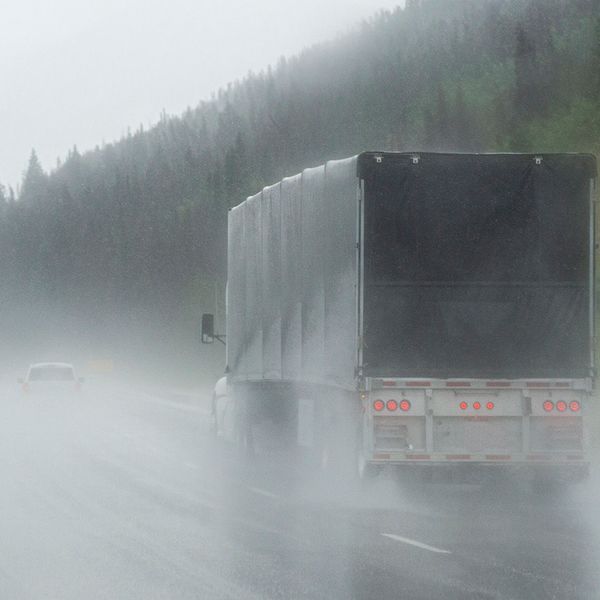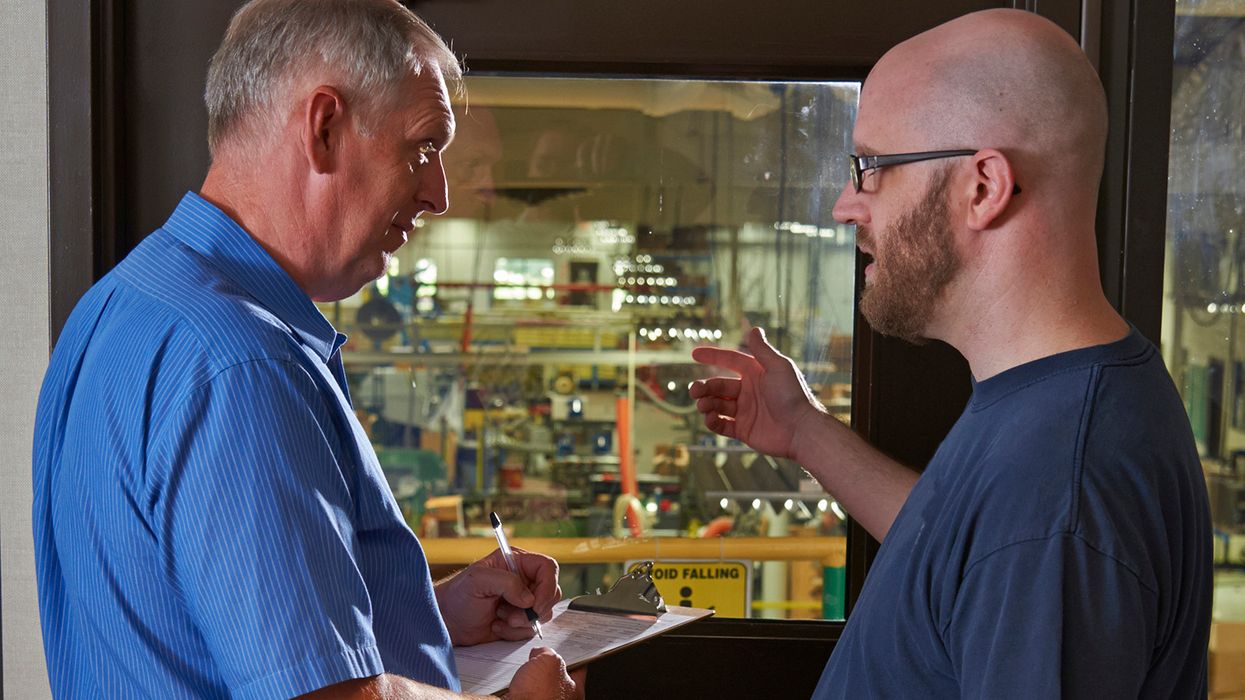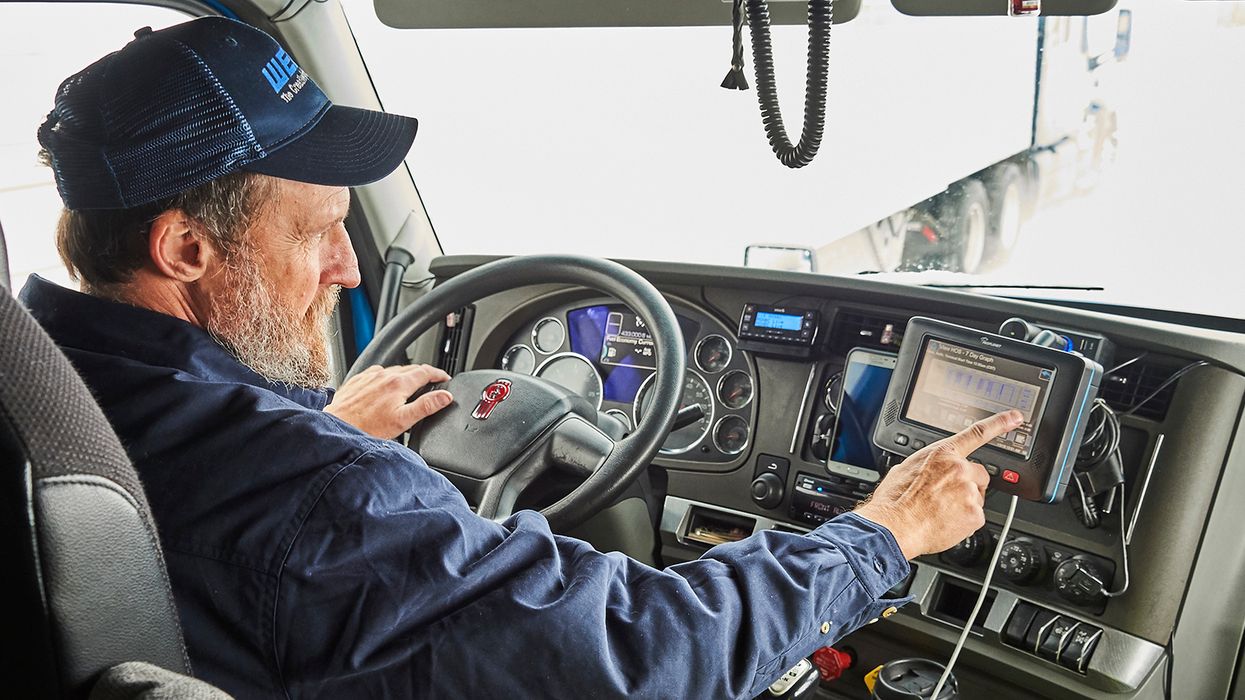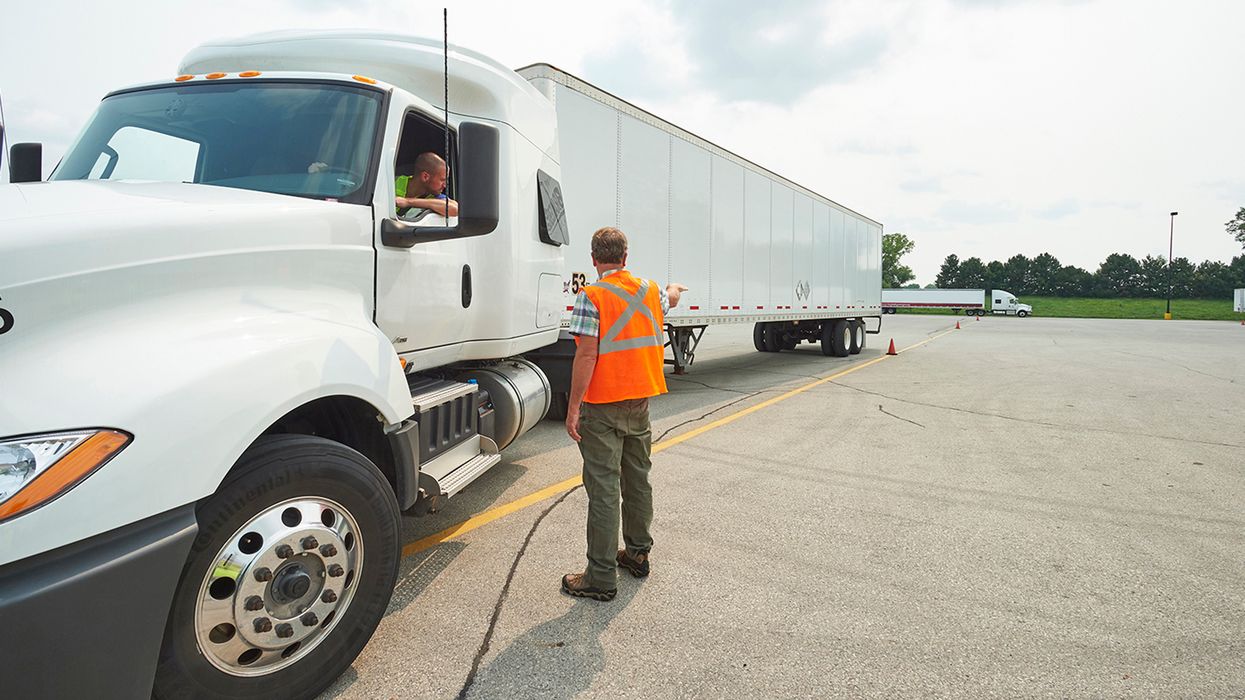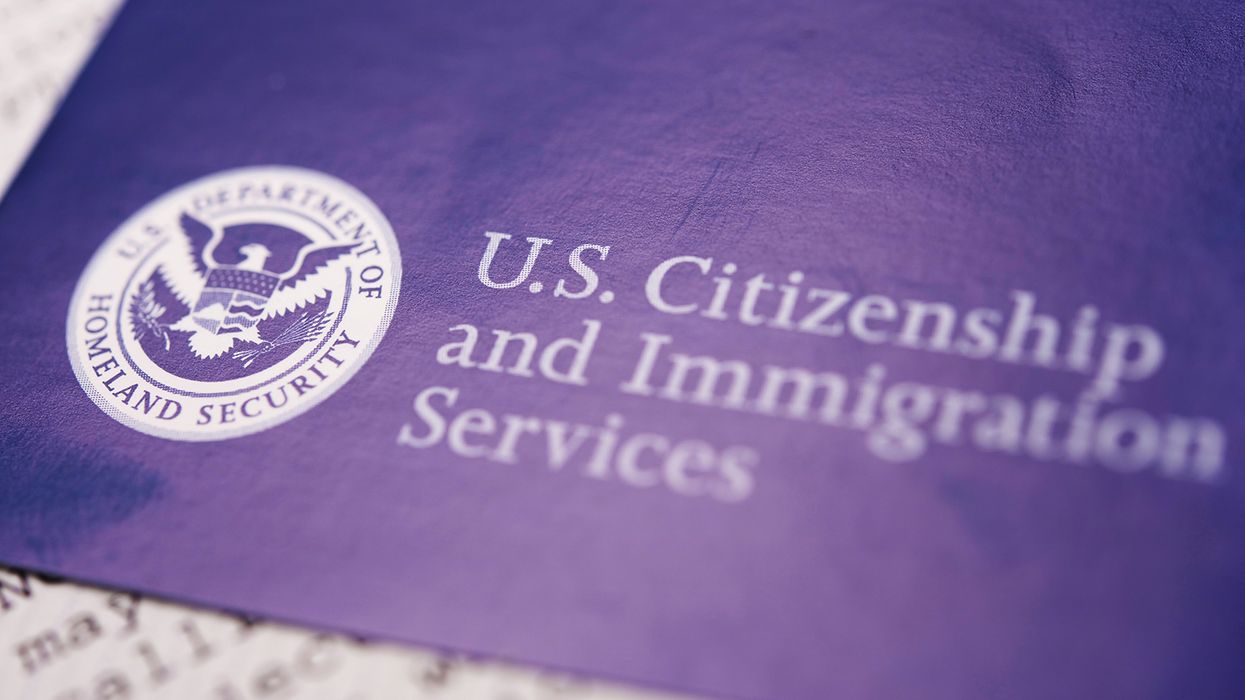Wired to work: How the hours-of-service utility exemption energizes critical services
Truck drivers face unique challenges on the road and understanding the utility exemption for hours of service can be a game changer. Learn how this exemption empowers drivers to optimize their schedules and enhance efficiency.
The utility exemption explained
This exemption applies to drivers of vehicles that qualify as “utility service vehicles” as defined in 395.2.
Here is a critical point: The vehicle/driver must meet all three requirements listed in the definition of a utility service vehicle provided in 395.2 to be able to use this exemption. The three requirements are:
- The driver/vehicle must be repairing, maintaining, or operating structures or other physical facilities necessary for the delivery of public utility services,
- The driver/vehicle must be involved in activities related to the ultimate delivery of utility services to the consumers, and
- Except for any occasional emergency use, the driver/vehicle must operate primarily within the service area of a utility’s subscribers or consumers.
Drivers involved in building new utility structures in general are not eligible for this exception. However, if the driver is going back and forth from new construction to repairing, maintaining, or operating utility infrastructure, the driver will be covered by the exemption when involved in these activities, but not covered while involved in new construction.
When involved in new construction and covered by the hours-of service requirements, the driver would have to follow the limits in the hours-of-service regulations and maintain a log (or a time record if the 150 air-mile exemption applies). If the driver had to complete a log more than 8 days in the previous 30 days, the driver would have to use an electronic log on the days the driver is required to log.
| Click here to learn more about hours-of-service exemptions. |
What about the other safety regulations?
One point to remember is that when the driver is using the utility service vehicle exemption, all other safety regulations, such as driver qualification and licensing, safe driving, parts and accessories, vehicle inspection and maintenance, and DOT drug and alcohol testing, still apply to the driver and company. The driver is only exempt from the hours-of-service regulations.
While not directly related to the utility service exception, “blanket” exceptions exist for drivers responding to a declared emergency, usually stemming from a natural disaster. Drivers/vehicles that qualify for these exceptions are exempted from all safety regulations when they are responding, with the exception of the CDL and drug and alcohol testing regulations.
Once the driver is done working in support of the declared emergency or the emergency condition is no longer an emergency, the driver and vehicle are once again covered by the regulations.
Key to remember: The utility exemption provides truck drivers with needed flexibility that harmonizes the demands of the job with the importance of maintaining safe and efficient operations on the road.






